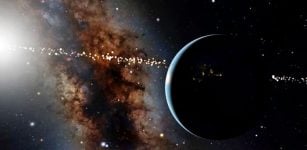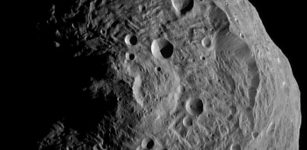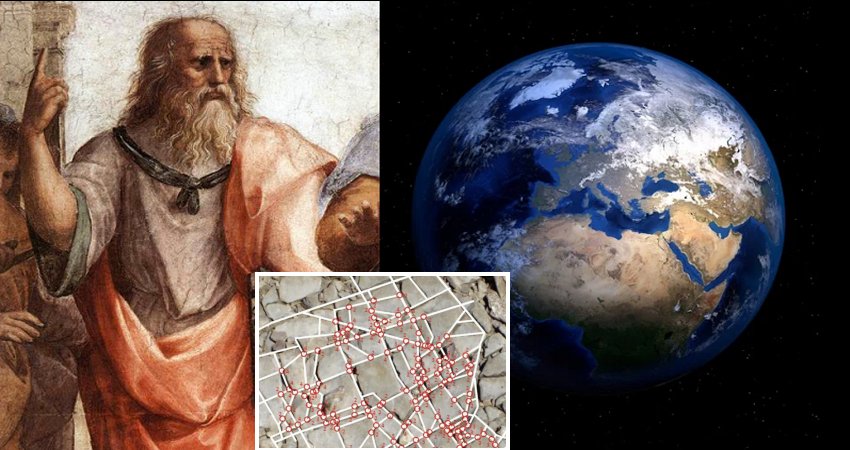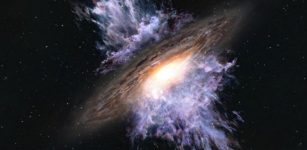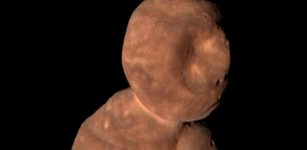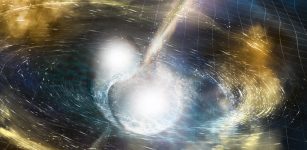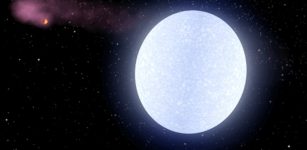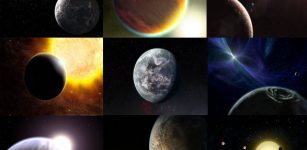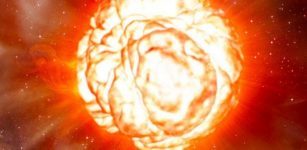Our Sun Is Different From Other Solar-Like Stars – Surprising Discovery
Don Wood – MessageToEagle.com – Scientists have analyzed 369 solar-like stars and compared them to our Sun. To their surprise, researchers discovered our Sun is very different from other stars and it seems we have a distorted picture of our Sun.

Credit: Public Domain
The Sun is an ever-changing star. At times, numerous dark sunspots cover its visible surface, and sometimes its surface is completely “empty”. However, by cosmic standards, the Sun is extraordinarily monotonous.
For the first time, the scientists compared the Sun with hundreds of other stars with similar rotation periods and other fundamental properties. Most of them displayed much stronger variations. This raises the question of whether the Sun’s feebleness is a basic trait or whether our star has merely been going through an unusually quiet phase for several millennia.
Is Our Understanding Of Our Sun Wrong?
The extent to which solar activity (and thus the number of sunspots and the solar brightness) varies can be reconstructed using various methods – at least for a certain period of time. Since 1610, for example, there have been reliable records of sunspots covering the Sun; the distribution of radioactive varieties of carbon and beryllium in tree rings and ice cores allows us to draw conclusions about the level of solar activity over the past 9000 years. For this period of time, scientists find regularly recurring fluctuations of comparable strength as during recent decades.
“However, compared to the entire lifespan of the Sun, 9000 years is like the blink of an eye”, says MPS scientist Dr. Timo Reinhold, first author of the new study. After all, our star is almost 4.6 billion years old.
“It is conceivable that the Sun has been going through a quiet phase for thousands of years and that we therefore have a distorted picture of our star,” he adds.
Since there is no way of finding out how active the Sun was in primeval times, scientists can only resort to the stars.
Researchers selected candidate stars that resemble the Sun in decisive properties. In addition to the surface temperature, the age, and the proportion of elements heavier than hydrogen and helium, the researchers looked above all at the rotation period.
“The speed at which a star rotates around its own axis is a crucial variable”, explains Professor Dr. Sami Solanki, director at MPS and co-author of the new publication.
See also:
What Will Happen When Our Sun Dies In Approximately Five Billion Years?
Can You Be Allergic To Sunlight?
How Dangerous Are The Biggest Solar Flares?
How Solar Flares Affect Human Health – Our Mind And Body
A star’s rotation contributes to the creation of its magnetic field in a dynamo process in its interior. “The magnetic field is the driving force responsible for all fluctuations in activity,” says Solanki. The state of the magnetic field determines how often the Sun emits energetic radiation and hurls particles at high speeds into space in violent eruptions, how numerous dark sunspots and bright regions on its surface are – and thus also how brightly the Sun shines.
Our Sun Is Not As Active As Other Stars
Scientists studied a large number of stars that rotate once around their own axis within 20 to 30 days. The Sun needs about 24.5 days for this
The exact analysis of the brightness variations of these stars reveals a clear picture. While between active and inactive phases solar irradiance fluctuated on average by just 0.07 percent, the other stars showed much larger variation. Their fluctuations were typically about five times as strong.
“We were very surprised that most of the Sun-like stars are so much more active than the Sun,” says Dr. Alexander Shapiro of MPS, who heads the research group “Connecting Solar and Stellar Variabilities”.

These are brightness variations of the Sun in comparison with the star KIC 7849521. Credit: MPS / hormesdesign.de
The researchers also studied more than 2500 Sun-like stars with unknown rotation periods. Their brightness fluctuated much less than that of the other group.
These results allow two interpretations. There could be a still unexplained fundamental difference between stars with known and unknown rotation period.
“It is just as conceivable that stars with known and Sun-like rotation periods show us the fundamental fluctuations in activity the Sun is capable of,” says Shapiro. This would mean that our star has been unusually feeble over the past 9000 years and that on very large time scales phases with much greater fluctuations are also possible.
There is, however, no cause for concern. For the foreseeable future, there is no indication of such solar “hyperactivity”.
On the contrary: For the last decade, the Sun has been showing itself to be rather weakly active, even by its own low standards. Predictions of activity for the next eleven years indicate that this will not change soon.
Written by Don Wood – MessageToEagle.com Staff

